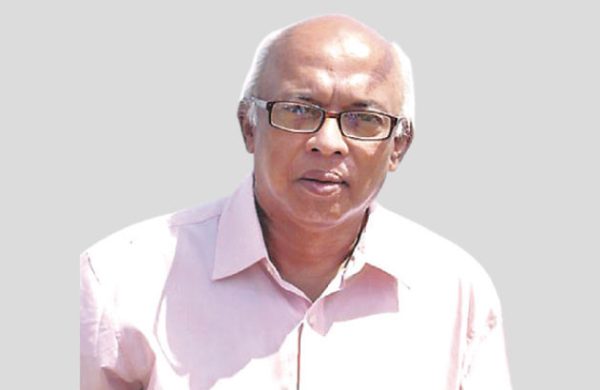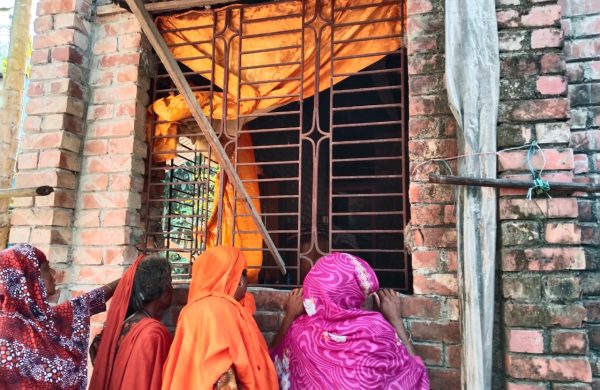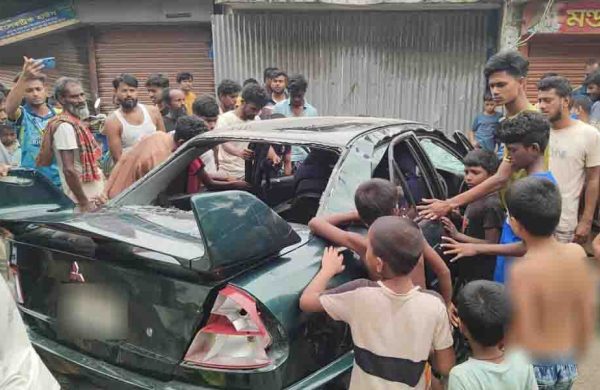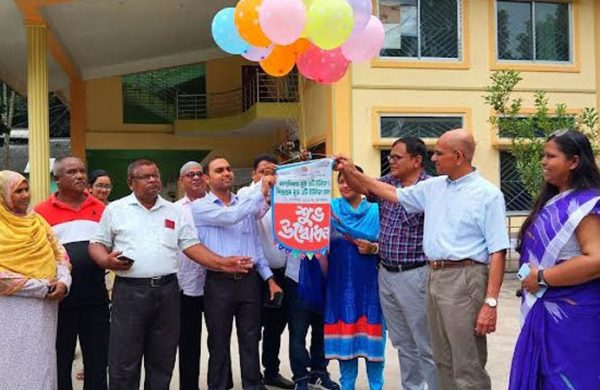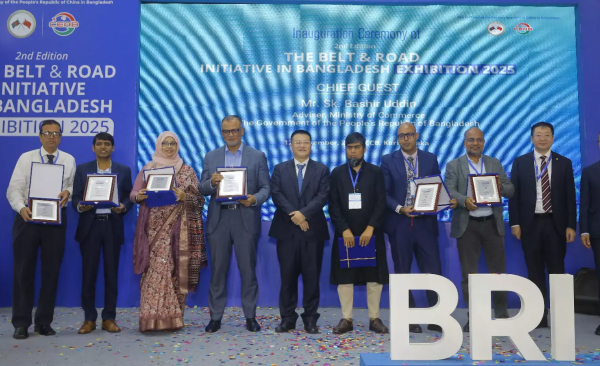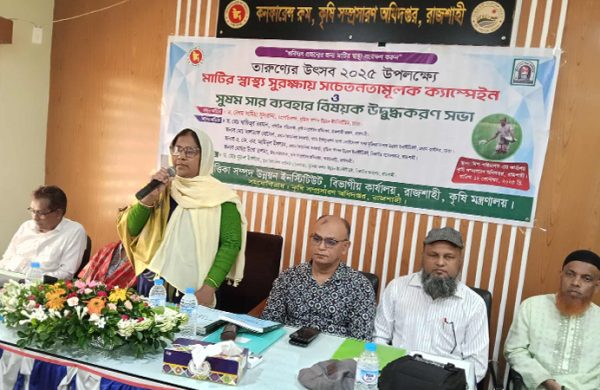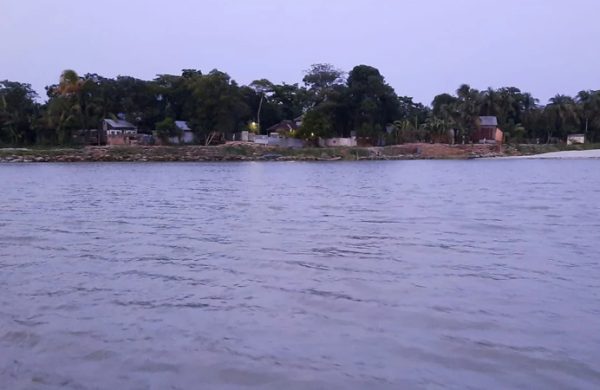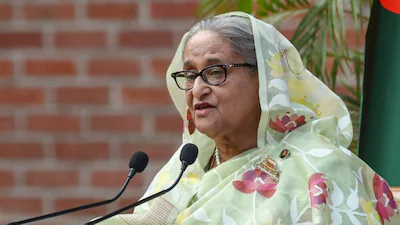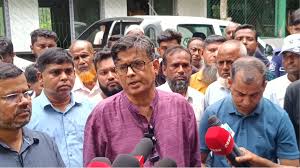A SWOT analysis on the apparel industry
- Update Time : Saturday, July 19, 2025
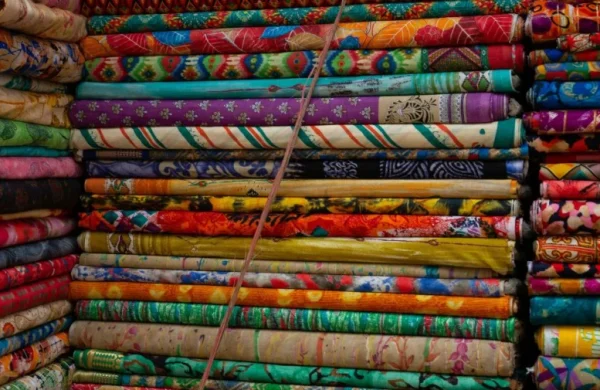
—Asif Hossain—
In every corner of the world, people wear clothes made in Bangladesh. From simple t-shirts to cozy sweaters, our factories make them with care and hard work.
This industry is not just about fabric and threads. It is about people. It gives work to millions, especially women, and helps families build better lives. What started as a small sector has now become the pride of our economy.
The garment sector brings in most of our foreign earnings and plays a key role in our growth. But now, the world is changing. Buyers want better quality, new designs, and greener production. To stay ahead, we must not only work hard, but also think smart, act fast, and dream bigger.
STRENGTHS
One big reason why Bangladesh’s garment sector is so successful is its low labor costs. Workers here are paid less compared to many other countries, which keeps production costs down. Over the years, factories have gained experience and become better at maintaining good quality and fast production. The country has a large number of young workers who are quick to learn and ready to work.
The government also supports the sector with benefits like tax cuts and duty-free raw materials. While many materials are still imported, local production of fabrics has improved somewhat. After the Rana Plaza tragedy, safety and compliance in factories have gotten much better. Global buyers trust Bangladeshi factories and keep placing orders regularly.
The country’s location also helps, as it’s easier to ship clothes to Europe and North America. Many factories are flexible — they can handle small or large orders as needed. On top of that, while exports remain the focus, local demand for fashion is slowly growing.
WEAKNESSES
The biggest issue is that most factories only produce basic, low-priced clothes. As a result, we miss out on earning more through high-end or value-added products. Poor infrastructure is another problem — bad roads, port delays, and unreliable electricity make things harder and more expensive.
There aren’t enough skilled people in important roles like management, design, or innovation. Many factories also depend heavily on imported fabrics, dyes, and accessories, which makes them vulnerable when there are global supply issues. Pollution from waste and chemicals remains a concern. In some small factories, safety standards are still not followed properly. Workers also face issues with low pay and long hours in certain places. A lot of factories use old machinery, which slows down production. There is not much focus on research and development either.
OPPORTUNITIES
Even with its challenges, the future looks bright for the garment sector. Global buyers are now more interested in eco-friendly clothing. If Bangladesh can offer more sustainable and green products, it can attract more business. Also, instead of only depending on Europe and the US, we can explore new markets in Asia, Africa, and Latin America.
Using new technology like automation, digital systems, and AI can make factories work faster and more efficiently. Moving from basic to high-value items can bring in better profits. If we improve local fabric production, it will reduce our dependency on imports. More training for workers, supervisors, and designers can build better skills and help improve quality.
There’s also potential in selling products online. E-commerce can help even small businesses sell directly to global buyers. Trade deals and regional agreements can give us better market access. Textile recycling is another opportunity — turning waste fabric into reusable items can reduce pollution and add value. Setting up special textile parks with shared services can make factories more efficient and attract new investors.
THREATS
Costs are rising — wages, electricity, and transport are becoming more expensive, which could make us less competitive. Trade rules in global markets can change quickly, affecting our ability to sell abroad. Buyers are also demanding more focus on worker rights and the environment, which can raise production costs.
Countries like Vietnam and Ethiopia have improved rapidly and are strong competitors. Climate change is another big worry — floods, storms, and rising sea levels can disrupt production. Developed countries may rely more on machines and automation to make clothes at home, meaning they will outsource less work.
Global problems like pandemics or wars can block the supply of raw materials. Bangladesh will soon not be considered a least developed country, and we may lose some of the trade benefits we once enjoyed. Changes in currency value can also affect profits and make imports more costly. Finally, political instability, corruption, or too much red tape could scare away foreign investors. These risks must be handled carefully if we want to stay strong in the global market.
RECOMMENDATIONS BASED ON THE SWOT ANALYSIS
In the short term, we need to keep improving factory safety and solve transport and port problems.
Factories should start using lean production to reduce waste. Quick training programs can help workers learn stitching and quality control. Sourcing materials from different places will reduce risk. Good communication with buyers and using less energy in factories will also help. Digital tools should be improved, and every factory should have a plan in case of emergencies.
In the medium term, we should train mid-level managers in planning, communication, and quality. Factories should be encouraged to make high-value products, not just basics. Local textile industries should be developed so that we don’t need to import so much.
Eco-friendly practices like saving water and reducing pollution must be promoted. New export markets should be explored, and automation introduced where needed. Workers need special skills like pattern making and fabric cutting. Stronger ties with designers and fashion institutes will help too. Ports and logistics systems should be modernized, and small factories should get financial and technical support.
In the long term, we should build fashion design and innovation centers. Modern technology must be used in production. Research in smart and sustainable textiles should be encouraged. Big investments are needed in roads, ports, and electricity.
We must also prepare for climate change by building stronger protection systems and using water more efficiently. Creating local brands, linking universities with industry, and building green industrial zones will help us grow sustainably. Using renewable energy and offering full-package services — from design to delivery — can make Bangladesh a true leader in global fashion.
FINAL THOUGHTS
Bangladesh’s RMG industry has come a long way. It has helped millions of people earn a living and made our country a major name in the global market. But now, we need to think bigger.
We must stop depending only on low-cost, basic clothes. It’s time to adopt new technologies, train our people, protect our environment, and build our own brands.
If we fix our weaknesses and take advantage of the many opportunities ahead, we can turn our garment industry into more than just a production hub — it can be a name that stands for quality, innovation, and sustainability.
——————————————————————————————
Asif Hossain is a merchandiser at Urmi Group and a Post Graduate Diploma student at Brac University.






